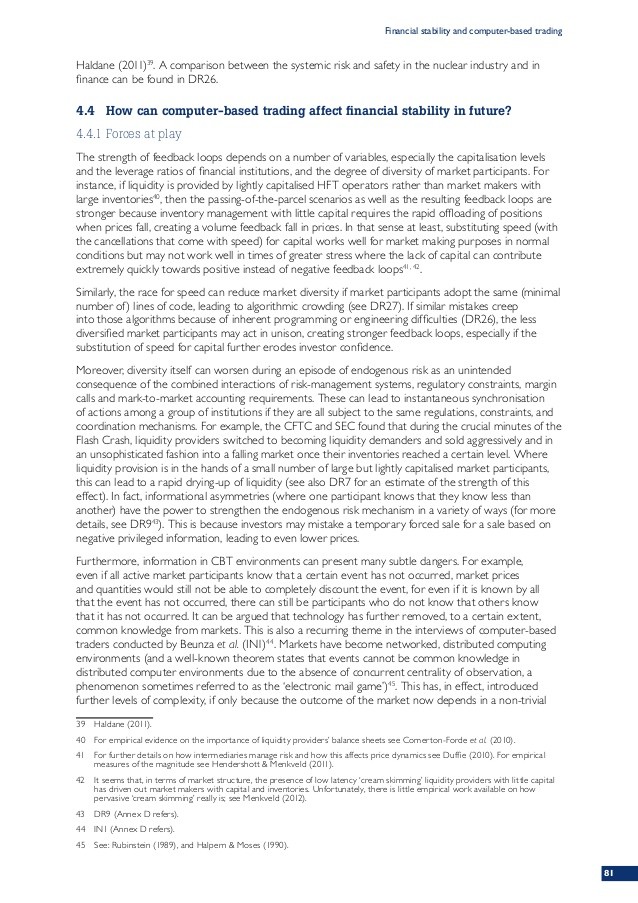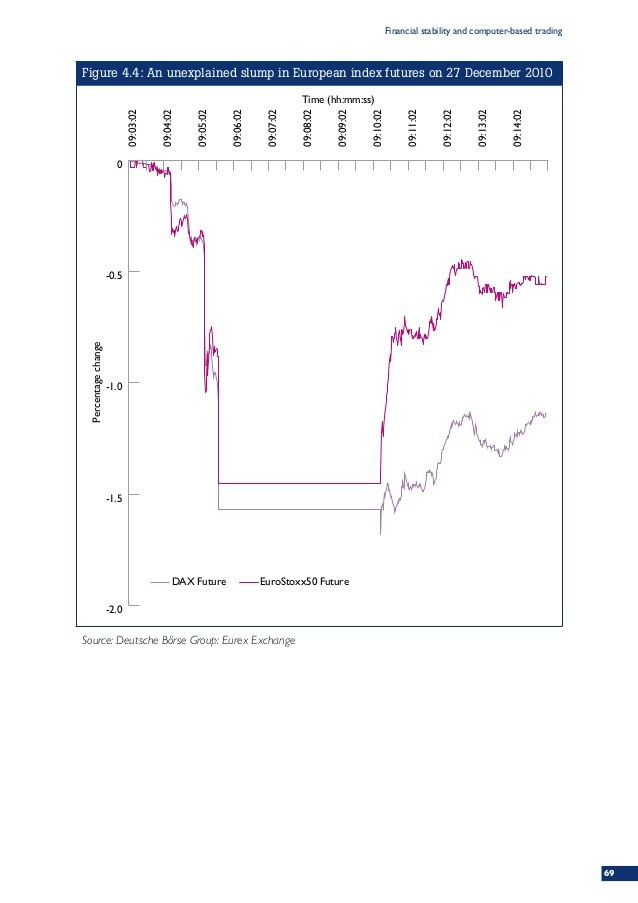Esma penalises physical ETFs
Post on: 16 Март, 2015 No Comment

30 July 2012
Esma’s securities lending guidelines will have an impact on ETF providers, says Stephanie Baxter
The seemingly-endless debate over the relative safety of synthetic versus physical exchange traded funds (ETFs) took a new turn when Esma announced its final guidelines on regulating the sector at the end of July. The rules will prevent Ucits fund managers from earning revenues from lending securities – a practice that has provided some physical ETF managers with significant revenues.
From February 2013, managers will have to return all securities lending revenue to the funds. The majority of such managers have a revenue sharing agreement but there is a wide variety of arrangements. Vanguard already gives back 100% of its securities lending income whereas BlackRock keeps 40% of the revenue and returns 60%.
The severity of the move is something of a surprise. Esma had consistently said since the start of its consultation in February that it did not consider that physical ETFs were riskier than synthetic equivalents yet has settled on rules that present a major challenge to providers’ business models.
BlackRock argues that the rules put physical providers at a competitive disadvantage to synthetic ones – it will either damage earnings or lead to additional fees being passed on to investors. However, assuming the additional fee is the same as the revenue from lending, the effect on investor returns and provider profit would be neutral.
The only difference is increased transparency, which can only be a good thing for the investors and ultimately providers. Providers can at least be thankful that Esma’s other proposal, for an industry-wide cap on the percentage of securities allowed to be lent, was scrapped. Many of them are anyway introducing their own rules and the issue may well emerge as a key way to differentiate themselves in the market.
When BlackRock limited lending to 50% of securities for its European ETFs in June it duly received positive headlines. Others say such moves are a necessary rearguard action to appease regulators and avoid future constraints: If there’s not an industry-wide cap, I think many sponsors will look to introduce internal caps in their programmes, said Tim Huver, an ETF product manager at Vanguard, adding that a 50% cap would be a good place to start.
He said it might even be worth considering a lower threshold, noting that the US 1940 Investment Company Act imposes a 33.3% lending cap. But such limits are anyway academic. Despite Vanguard’s Irish funds being subject to a 50% lending cap, the reality is that the amount actually lent out tends to be significantly below 10%.
The real source of competitive advantage is in reducing internal costs – this is where Vanguard is particularly strong and as a result has seen its US market share increase by 1.7% this year. Europe’s ETF market is significantly more fragmented – achieving scale should have been be the top priority for providers regardless of whatever Esma imposed.
Have your say

All comments are subject to editorial review.
All fields are compulsory.














